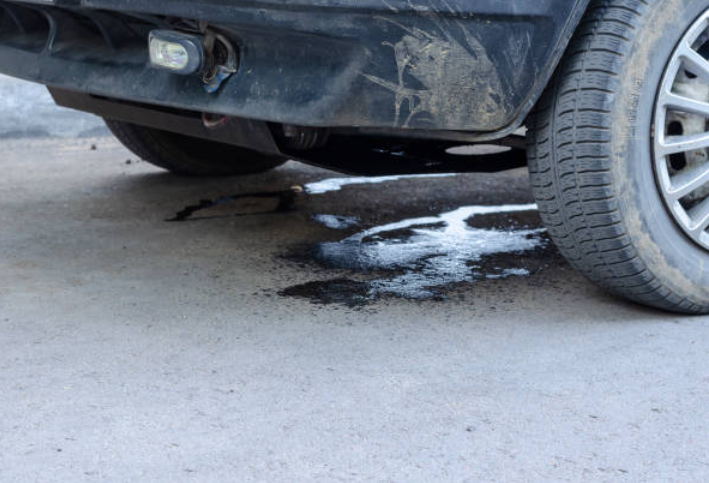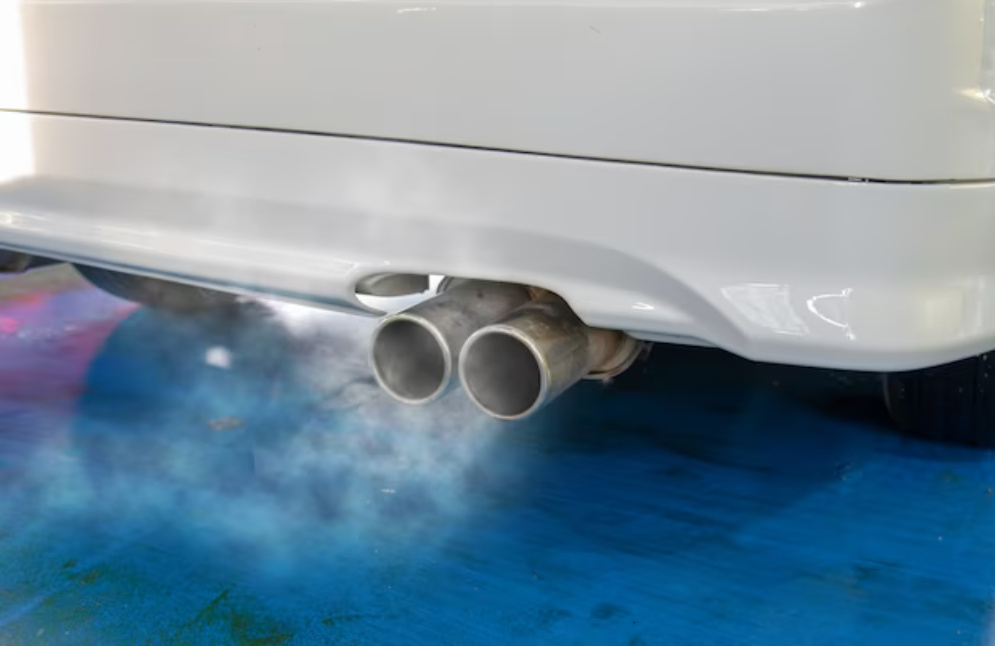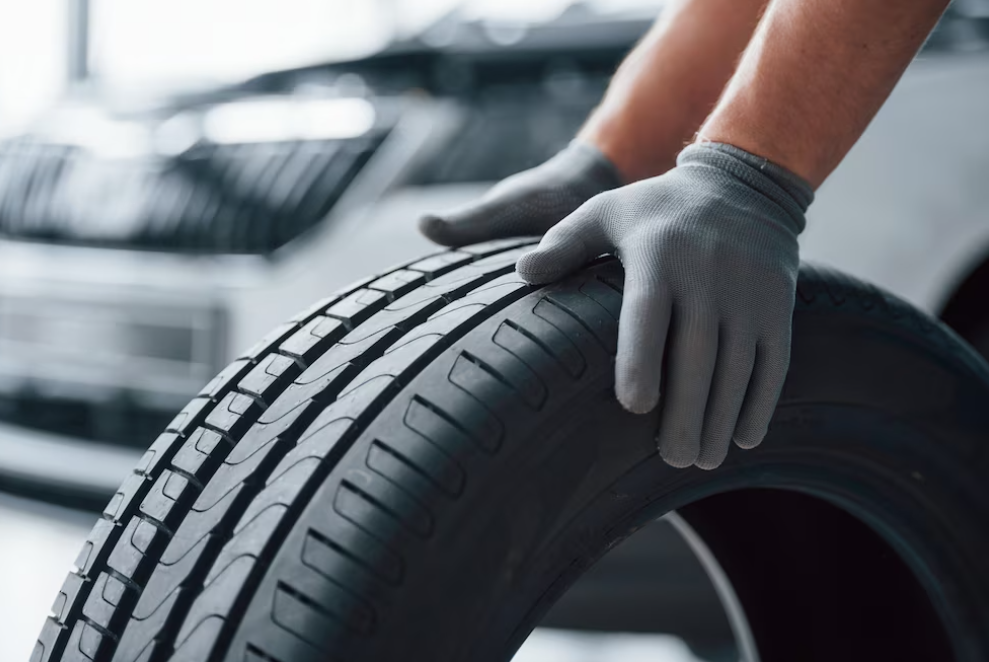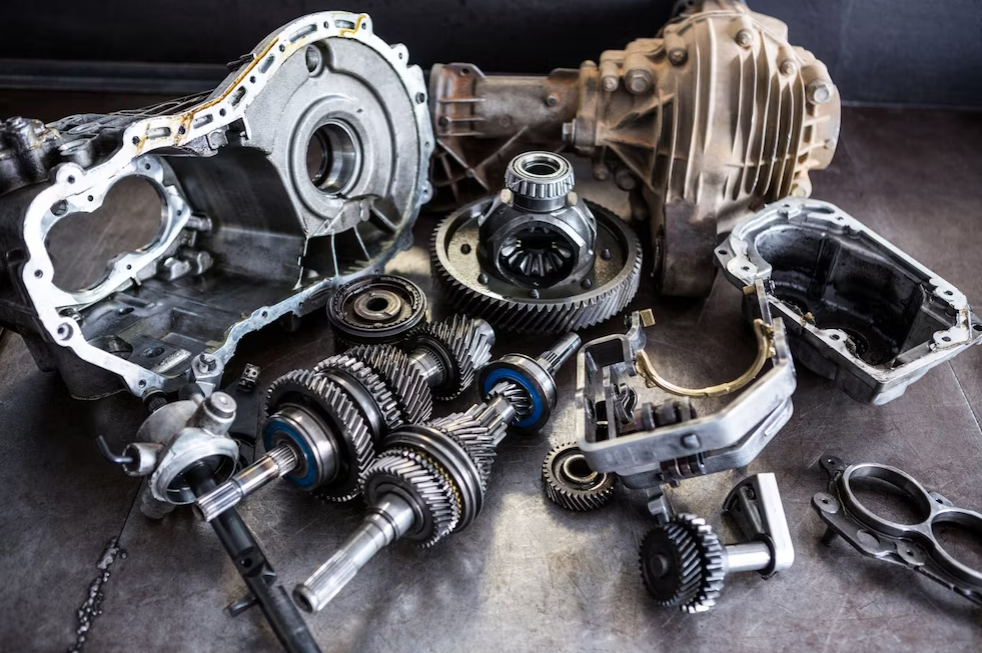How To Camp In Your Truck?
Imagine yourself with a wide road in front of you, the aroma of pine in the air, and the flexibility to camp anywhere you choose. That is the appeal of camping in a truck. In recent years, an increasing number of outdoor enthusiasts are using their trucks as the ideal basecamp for adventure. We will cover all you need to know in this guide to going camping in your truck, from selecting the ideal car to packing essentials and organizing advice for a memorable trip.
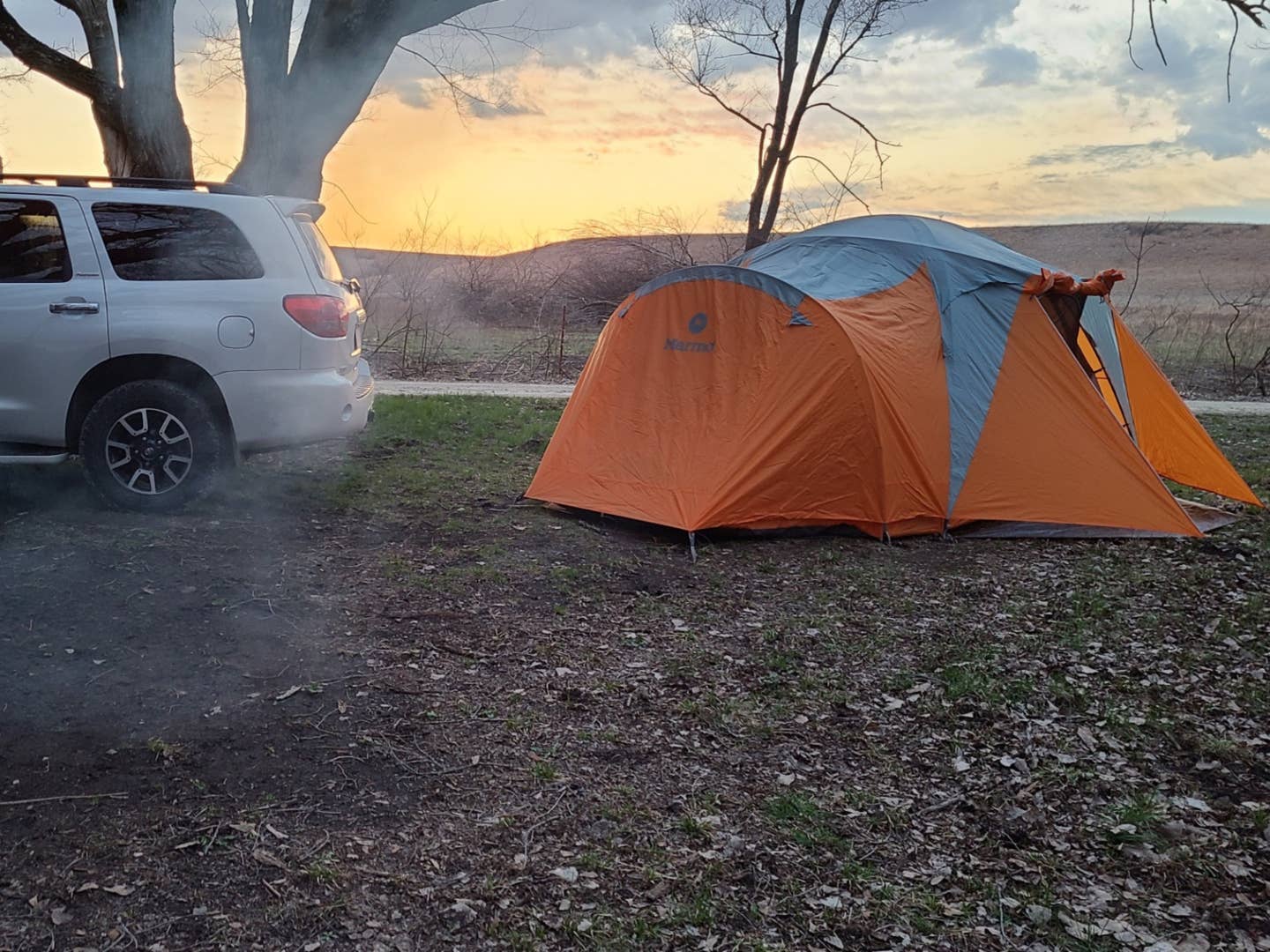
Why You Should Choose A Truck For Camping?
The top-selling vehicle category in the United States serves as an excellent option for camping adventures. A truck facilitates deeper exploration into forests, up mountainsides, or along trails owing to its robust construction, elevated clearance, and adaptability. It functions as a versatile vehicle capable of traversing various terrains, making it suitable for almost any destination you wish to explore and camp in. Notably, the larger 2500, HDs, and Super Duty models may encounter limitations in smaller environments, hence mid-size or half-ton trucks present more suitable choices for immersing oneself in nature.
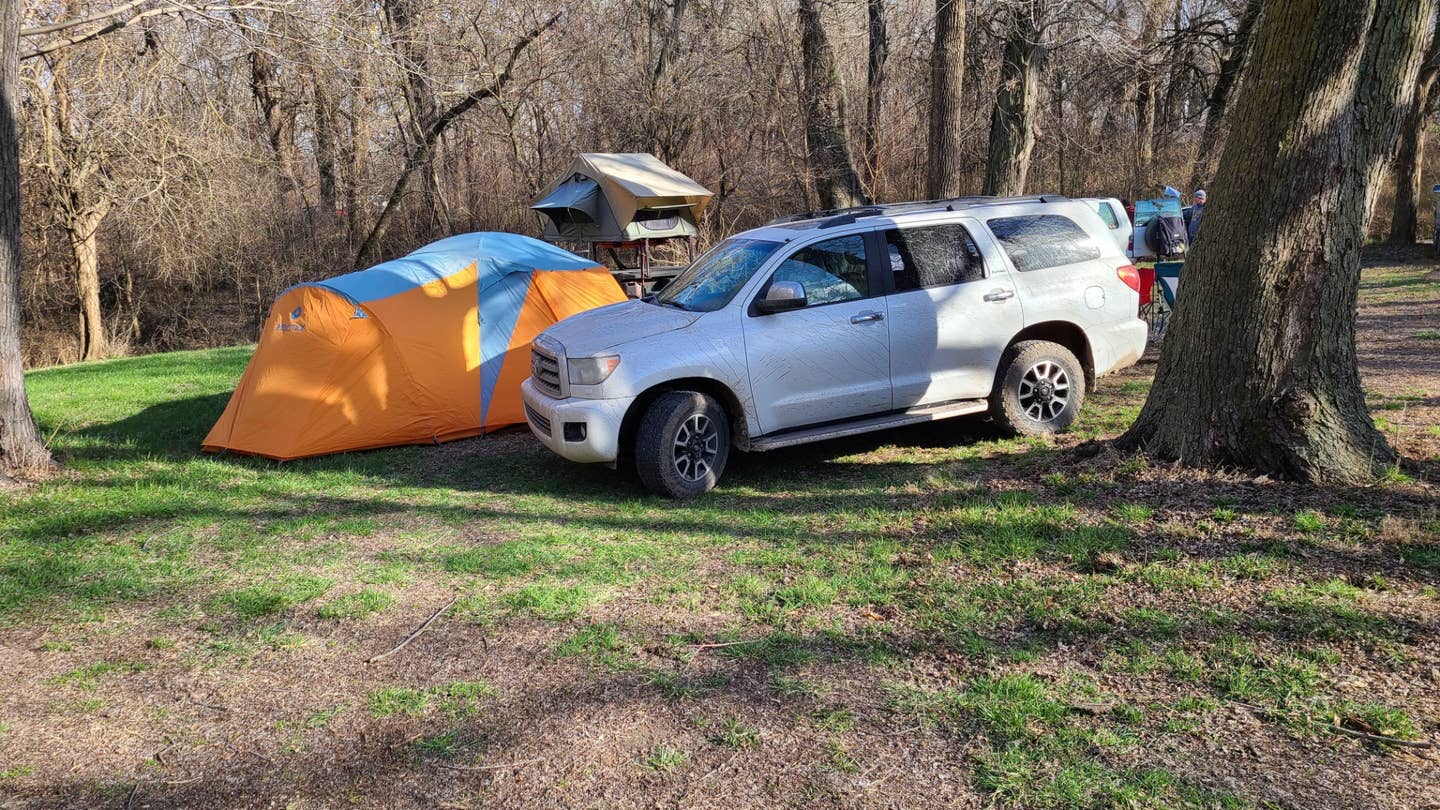
Preparation and Loading
- Before embarking on your journey, ensure you've packed essential items for immediate access and travel preparation.
- Check tire pressure and replenish all fluids, such as oil, coolant, brake fluid, and windshield-wiper fluid.
- Organize personal belongings considering weight and volume, especially if hiking to campsites.
- Secure heavy cargo like coolers, water, and propane canisters properly.
- Inform someone of your planned destination for safety purposes.
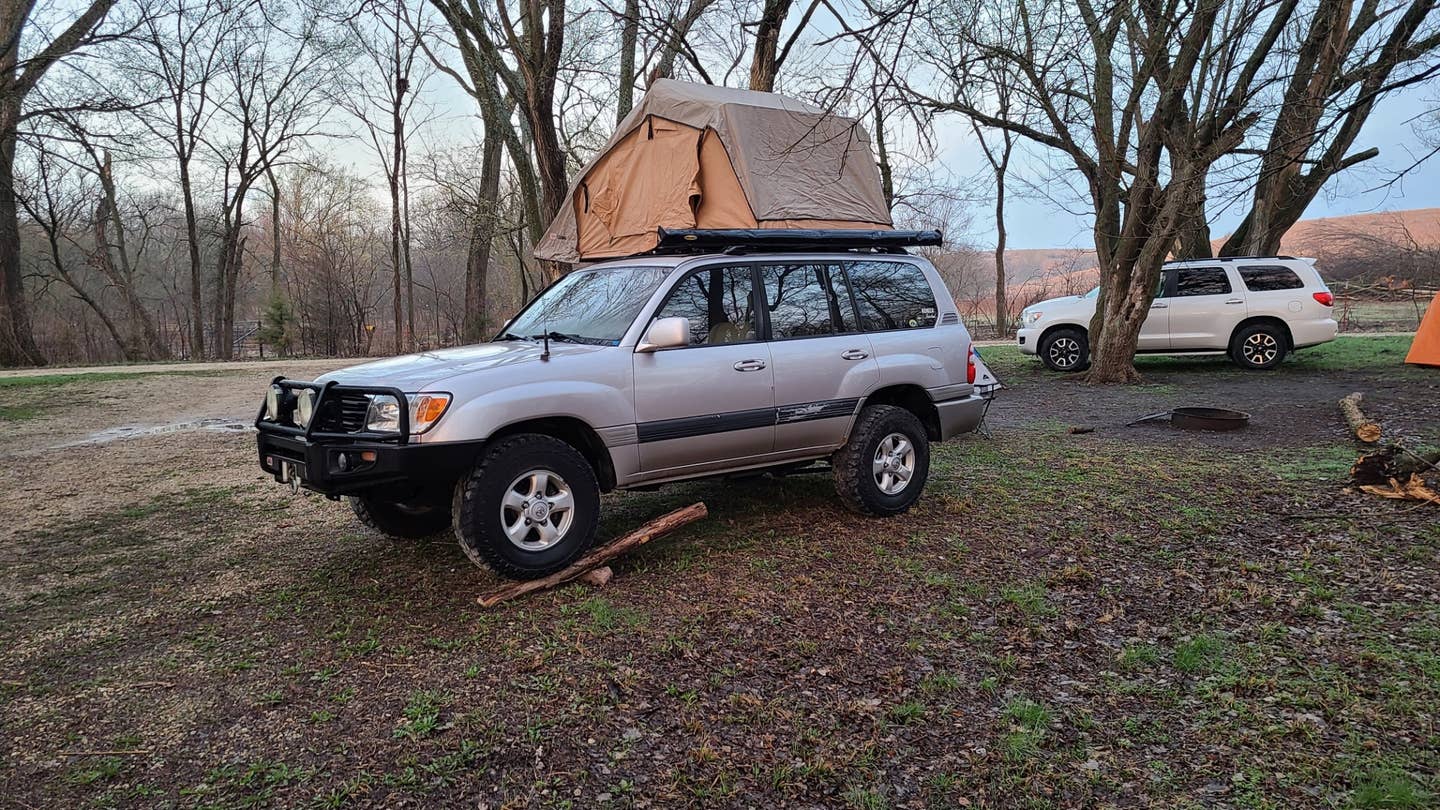
Setting Up Camp
Upon reaching your desired campsite:
- If pitching a tent, it's preferable to assemble it during daylight. In case of nighttime setup, utilize truck headlights while keeping the engine running to avoid draining the battery.
- Identify nearby facilities such as bathrooms, food storage, water sources, and waste disposal areas.
- If sleeping in the truck bed, park on a relatively level surface. Use available materials like rocks or logs to adjust the vehicle's position if necessary.
- If permitted, start a fire while adhering to fire restrictions and local guidelines. Cookstoves are recommended over open fires, and ensure fires are fully extinguished before retiring for the night.
Cleaning Up Camp
Prior to departure, adhere to a fundamental principle:
- Practice Leave No Trace principles by thoroughly cleaning the campsite and disposing of any waste.
- Dispose of trash appropriately in designated areas for prepared campsites.
- If camping in a dispersed area, strive to leave the site as pristine as you found it. Refer to resources like Tread Lightly for guidance on sustainable camping practices.
Ground Tent/Truck-Bed Tent:
Description:
- Utilizing a ground tent is a straightforward option for sleeping accommodations while camping with your truck.
- Truck-bed tents are specifically designed to fit the truck bed, using tent poles to reinforce the structure.
Pros:
- Wide variety of shapes, sizes, and weights available.
- One of the cheapest camping options.
Cons:
- May require additional setup time compared to other options.
- Limited space compared to other options like rooftop tents or slide-in campers.
Rooftop Tents:
Description:
- Rooftop tents are attached to a rack system that extends across the truck bed.
- Available at varying heights to accommodate different preferences.
Pros:
- Keeps the truck bed available for gear storage.
- Offers elevated sleeping quarters, providing better views and insulation from the ground.
Cons:
- Requires installation of a rack system, which can be an additional cost.
- May limit access to the truck bed depending on the design.
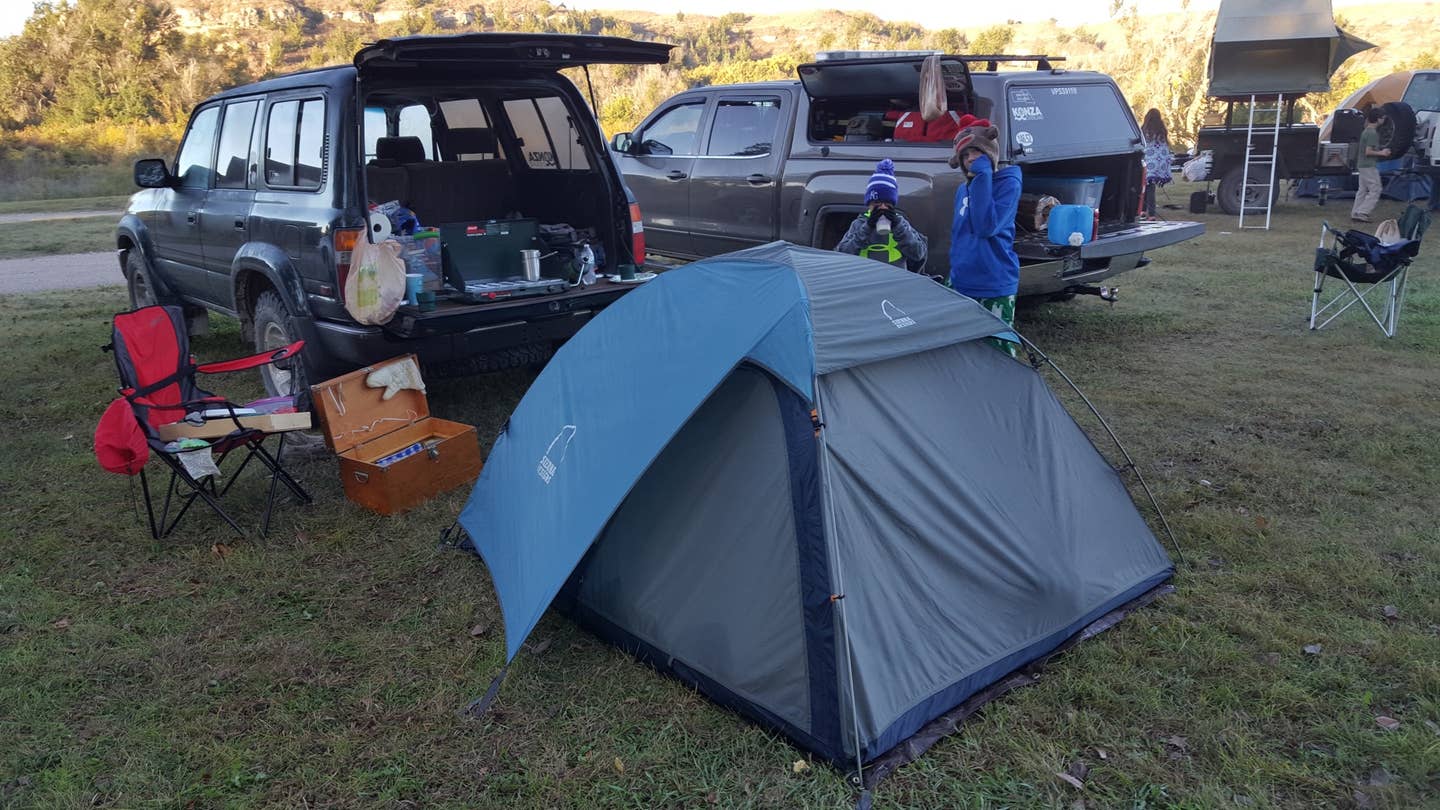
Truck-Bed Camping With a Shell:
Description:
- Involves adding a bed shell to the truck bed, creating a sheltered sleeping area.
- Sleeping platforms can be added to create additional storage space underneath.
Pros:
- Provides shelter from the elements.
- Offers additional storage space underneath the sleeping platform.
Cons:
- Reduced headspace inside the camper shell, which may feel cramped for some campers.
- Can be moderately priced but still more expensive than ground tents or rooftop tents.
Slide-In Campers:
Description:
- Slide-in campers fit into the truck bed and come in various sizes and living standards.
- Some offer basic amenities, while others resemble studio apartments.
Pros:
- Offers more amenities and comfort compared to other options.
- Can be detached from the truck once parked, allowing you to use the truck independently.
Cons:
- Expensive compared to other camping options.
- Requires a larger upfront investment and may also require a heavier-duty truck for towing.
Adventure Trailers:
Description:
- Adventure trailers are towed behind the truck and come in various sizes and configurations.
- Range from basic sleeping quarters to full mobile homes.
Pros:
- Offers the most amenities and living space compared to other options.
- Allows for more extensive camping setups and longer trips.
Cons:
- Requires a separate towing vehicle, which may limit mobility in some terrains.
- Can be significantly more expensive than other camping options, especially for larger trailers.
Throughout our truck camping escapades, which even included a night of being stranded outside an apartment waiting for roommates to return during my early 20s, we've gathered valuable insights to enhance your truck camping experience.
To ensure a comfortable sleep in the bed of your truck, position your head towards the tailgate. Typically, the rear of most trucks sits slightly higher than the front due to suspension, preventing blood from pooling in your head if positioned towards the engine, which can lead to an unpleasant night's rest. This advice applies equally to SUVs.

When assessing available sleeping space in the truck bed, measure the narrowest area, usually between the wheel wells. It's common to underestimate available space back there. Constructing a wooden sleeping platform can elevate the sleeping area above the wheel wells, providing more room for sleeping and storage underneath.
Bringing extra clothing is prudent. Extra layers can be added to keep warm if the weather turns chilly, while a spare dry set of clothes is a welcomed relief if it rains.
Always carry surplus water and fuel. A general guideline is a gallon of water per person per day. Additionally, when camping or traveling, it's advisable to refuel when the tank nears half-empty.
Although the cab may seem like the ideal spot for a good night's sleep, this isn't always the case. For taller individuals like myself, sleeping comfortably in the cab can be challenging, especially with bucket seats. While newer models like the 2021 Ford F-150s boast Max Recline seats, their comfort for overnight stays remains uncertain. Nonetheless, sleeping in the truck cab can still trump facing elements like bears, thunderstorms, mosquitoes, or snow outdoors.
Despite careful planning, issues can arise while truck camping. Be prepared to deal with inclement weather by packing appropriate gear and knowing how to stay dry and warm. Address mechanical problems promptly to avoid delays or breakdowns on the road. In the event of unexpected emergencies, stay calm and rely on your preparedness and resourcefulness to resolve the situation.
Is four-wheel drive necessary for truck camping?
While four-wheel drive can be advantageous for off-roading, it's not mandatory for truck camping. Other vehicle options like cars or motorcycles can also be used for camping trips.
Where can I camp with my truck?
Camping options vary depending on state and region. States differ in the amount of public land available; for instance, Kansas has limited public land (about 2%), while Nevada boasts over 85% public land. Dispersed camping, allowed on public land, has specific duration restrictions. Generally, camping on public land becomes more feasible once you're west of Denver.
What are the limitations on staying in public land?
The Bureau of Land Management (BLM) sets guidelines for camping duration on public land. Typically, you can camp in one spot for up to 14 days, after which you must vacate for 28 days. By relocating every 14 days, campers can potentially reside indefinitely on BLM land, provided there are ample desirable campsites available.
The perfect balance of adventure, freedom, and flexibility may be found when truck camping. You may go on amazing adventures and experience the great outdoors on your own terms if you have the appropriate equipment, transportation, and preparation. We hope this book encourages you to get out on the road and experience the pleasures of truck camping, regardless of your level of experience. So gather your belongings, fill up your truck, and start your journey!
Click on the following link to read another blog post: The Difference Between Long and Short Blocks





